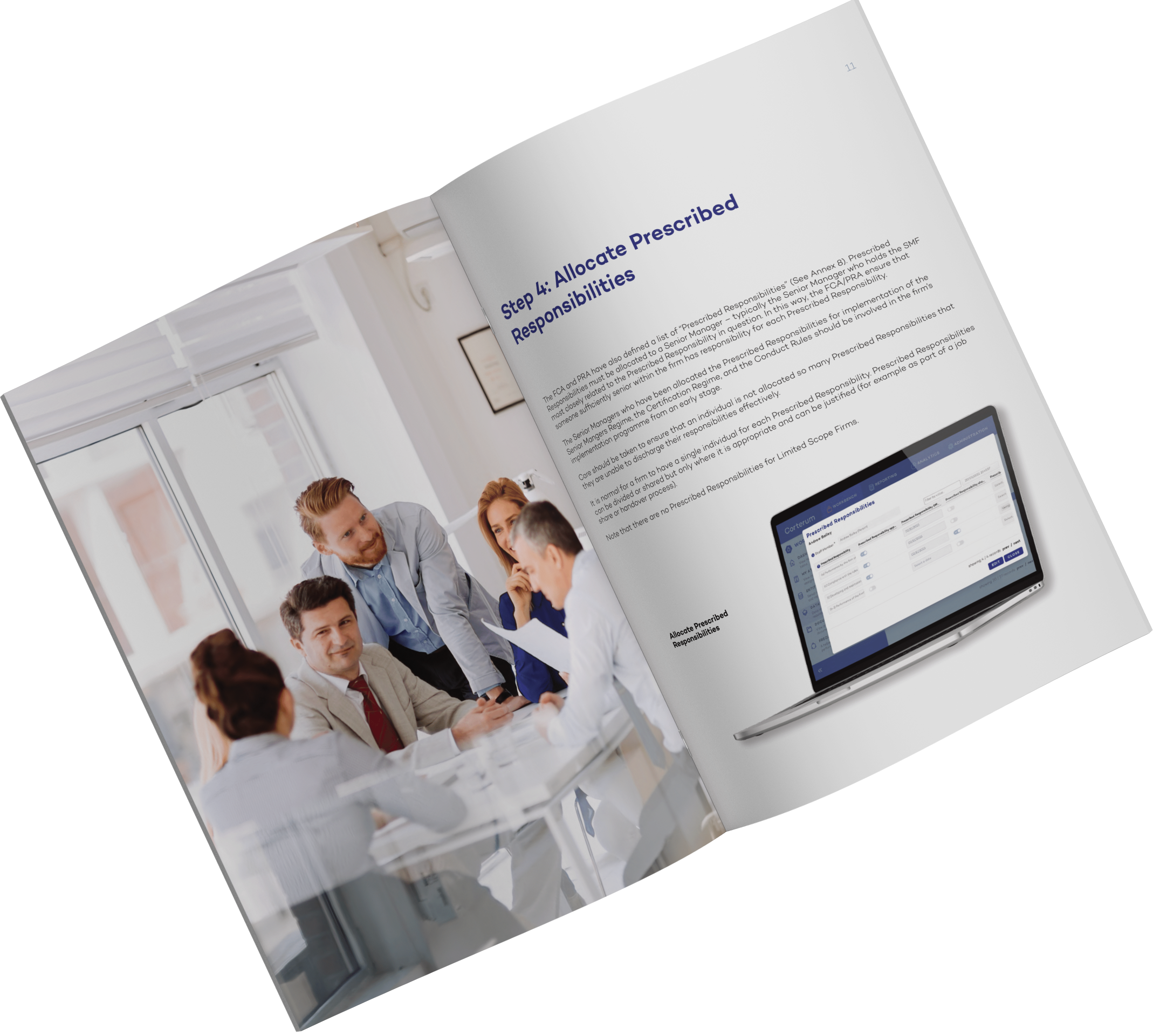The roots of the Senior Managers and Certification Regime (the “SM&CR”) can be traced back to the Parliamentary Commission on Banking Standards (the “PCBS”). The PCBS was appointed by the UK Parliament in June 2012 to conduct an inquiry into professional standards and culture within the UK banking sector. It was a direct response to the LIBOR rate-rigging scandal, which followed the financial crisis and a series of high-profile conduct failures within the UK banking industry. The goal was to understand the lessons that could be learned, particularly with respect to the culture of firms and the behaviour of individuals within those firms.
The PCBS reported its findings in June 2013. It recommended that the FCA replace the existing Approved Persons Regime (the “APR”) with a new accountability regime that was more focused on personal responsibility for the most senior managers within a firm. This new regime was the SM&CR. The SM&CR came into force on 7 March 2016 for banks, broker-dealers and insurers. It was subsequently extended to cover all FCA-solo regulated firms on 9 December 2019. It aims to encourage a culture of responsibility and engender real behavioural change. As the FCA has pointed out, the “SMCR should not be treated as a discrete compliance project; rather, it is an opportunity to deliver high standards of governance”.
